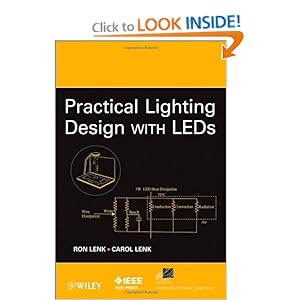SnotBoogie
Well-Known Member
personally i see no reason to not include deep red. Its another wavelength which is photosynthetically active and zero risk of oversaturation/bleaching.
edit: misread, oops, personally i tihnk you need to add more deep red, but certainly not "all" deep red. The goal here is to spread your spectra, IMHO. i would want similar amounts of red/deep red.
Also to clarify its my deepreds that i run at 1A. I dont even use monochromatic reds- i use warm whites for that area.
edit2: 6 red/4 deepred would be my suggestion personally, since your WWs will be contributing to the "red" area too
edit: misread, oops, personally i tihnk you need to add more deep red, but certainly not "all" deep red. The goal here is to spread your spectra, IMHO. i would want similar amounts of red/deep red.
Also to clarify its my deepreds that i run at 1A. I dont even use monochromatic reds- i use warm whites for that area.
edit2: 6 red/4 deepred would be my suggestion personally, since your WWs will be contributing to the "red" area too









